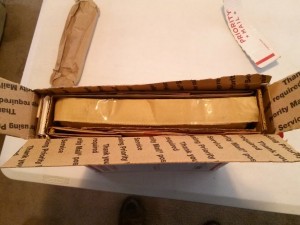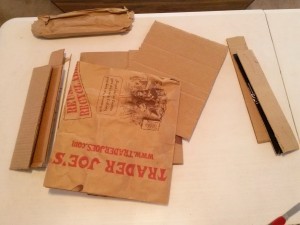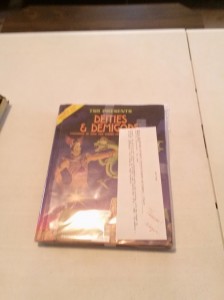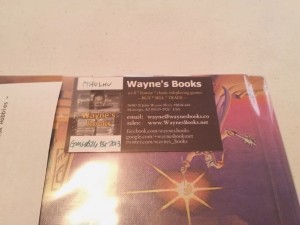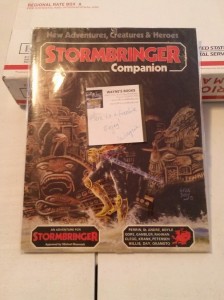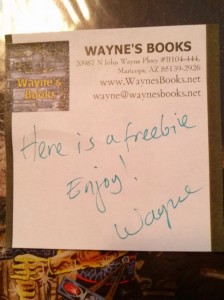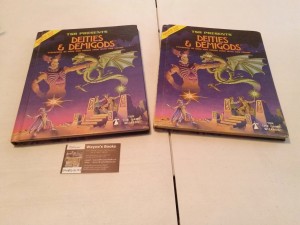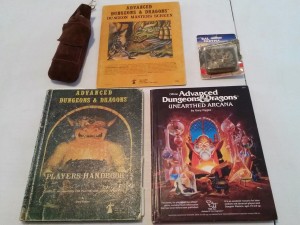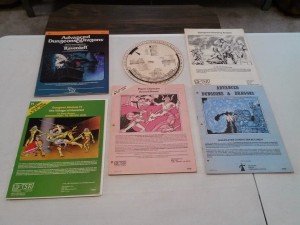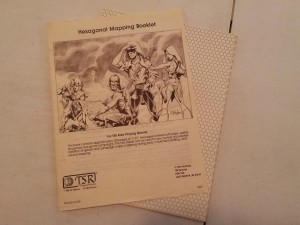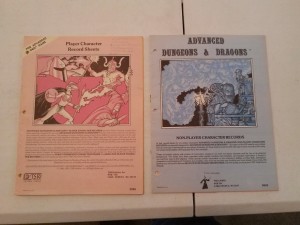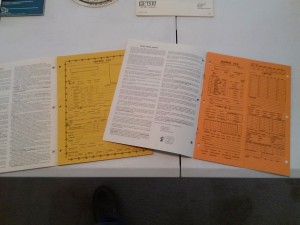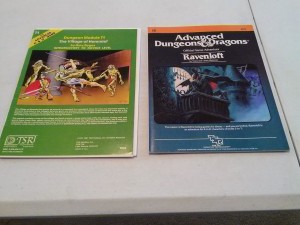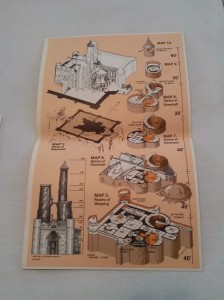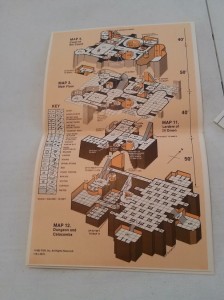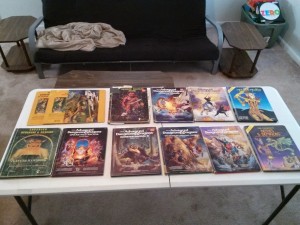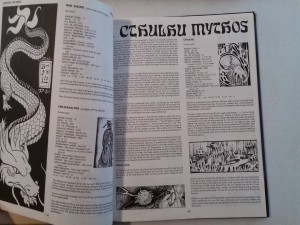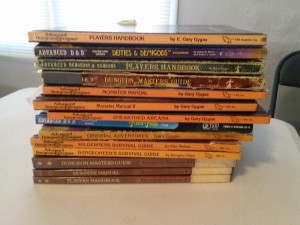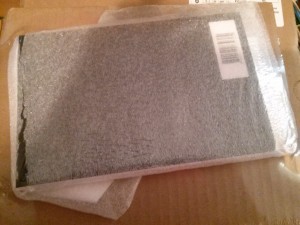Both preparing for a major area of a campaign, or parts of an adventure, or developing something to publish, or as part of a collaborative project, can encounter a lot of inertia.
Getting the initial ideas together, whether bullet points, semi-detailed notes, sketches, or miscellaneous bits and pieces can often be the easy part. Yet, for me at least, finding a big enough block of time to make sense of it and compile all the pieces into an easily usable whole is challenging.
I can wing stuff in a game, but some things take just a bit more time to plan out. For example, I placed an NPC in my campaign that sells treasure maps. His caveat to customers is that they are real maps to real treasures, but he can’t guarantee that any treasure is still there. He goes to markets and bazaars far and wide and generates a collection. He then disappears to rebuild it, when it gets thinned out. I made the brilliant decision to let him have 39 maps (a randomly generated number), most for the general area when the players are running around with a few for the ruins of the ancient city nearby. The rest being scattered far away, and a couple for Ogre Island, the home of a famous archmage who really only wants adventurers coming there if they have slain ogres. The players bought all the area and ancient city maps, and the couple to locations on Ogre Island.
I then had to figure out details about these maps they bought. I made them pay quite a bit for them, but not so much to stop them from buying A LOT of maps. I like the d30 Sandbox Companion, and a couple other resources I tracked down for this. I came up with the size and condition of the maps, the landmarks around the treasure, whether the treasure in whole or in part was there, or if it was buried nearby, and the skill of the cartographer and the language it was written in. That was not too difficult. I then had to figure out where to place all the maps. Finally, I had to sketch out the maps.
I spent several hours on this and ended up with extremely rough sketches of maps. I figure that I could just describe them and go from there. I still have some ruins and a couple dungeons to plan.
After all that work, the players were focused on other things and haven’t tried to find one treasure.
Another example is the ancient city. I had a name and a vague idea of a layout in my mind. I dissuaded the players from going to the ancient city by having a trusted NPC tell them that it is very dangerous. I would have been fine if they went there, but they realized they needed a bit more experience. Especially when random undead traveled north along the ancient road to the large town/small city with their base of operations. So I took time to plan out some details of the city and figure out which locations where described by the treasure maps of the ruined city.
Again, after all that work, not near as much as for all the treasure maps, we have not played.
The good news, I have a lot planned and can deal with most situations, and have several ideas if the players decide to do something else.
I know that I shouldn’t plan too far ahead of my players to avoid burnout, but I like the design. It is fun to figure out certain details, however, it is the most fun to watch the interactions of my players with the ideas I present to them.
Working on a collaborative effort in cooperative sandbox design, I want to do my best so that my part is not the weak link in the whole.
As with general preparation as a DM, finding enough time in a large enough block to do more than nibble around the edges can be a challenge.
The lessons I have from this are manifold:
DM prep for my own game can be snippets that I can wing as needed. Often only a name for an NPC, a location name, and perhaps details of spells they have are usually enough. Many details can be generated on the fly.
Tables to help fill in the gaps. Good, bad, or indifferent – you can wait until they discover a treasure with gems and jewelry to roll what it is. It can make the players wait a bit, and can result in some enormous gems – if you let the results stand.
Maps only need to be good enough for me to know what is going on. If you play old school with theater of the mind, you don’t need miniatures and terrain maps. I haven’t made the players do mapping, and so far they have not been in a scenario where it makes sense for them to be lost. They have yet to find a ruin big enough to be a classic dungeon.
Players tend to want to know names of people, locations, taverns, businesses, and stories behind magic items. In addition, personalities of NPCs and monsters are needed so they are not all the same. More effort in these things can avoid delays at the table coming up with a new name. NOTE: I generate several NPC names and cross them off when I use them in game. I haven’t generated enough names to feel like I should re-use them. Tables and online generators can help with this.
I have a few memorable NPCs that the players most encounter. I have different city guard personas, some are matter of fact about their job, “just the facts”, ma’am types. Others are more laid back and just make sure things are not too far off from the rules. There is one who points at people with his spear and swings it around when pointing at the next person he talks to. I haven’t named all the town guards, just the captain and lieutenant. The players haven’t asked for lots of names, I just say, this guard acts thus and so, and if they need a description, I give it. The guard that waves his spear was a fun twist I came up with on the fly, and the players loved that twist. I rotate them, and understandably, the other guards don’t want to have to work with the spear swinger.
All of the things that work well to make a campaign that I can run effectively and give enjoyment to the players are usually far less detailed than required for either an online game, where time is usually more limited than an in-person game; and obviously not what is required for something that is part of something to be published for use by others. While game prep can be done in a pinch, preparation of something to share for others as a basis for an adventure or add-on area in their campaign requires enough detail that the DM only needs to tweak it for use in his game, and not spend hours trying to figure out what you mean or what pieces were left out.
As with a school paper, or other similar project, a collaborative OSR project or something you wish to publish can be done in smaller snippets of time, unless there is a hard and fast deadline.
I think we might all have dreams of making and publishing our own materials and selling to the world of fellow gamers. Many of us know we don’t have the skills, some know that we have the skills but not the drive to finish what we start. While one can use their campaign as a basis for a published project, one should make sure anything they publish is polished.
After reading about failed or terribly botched and nearly totally failed Kickstarters related to RPGs, this has come to mind. Who wouldn’t want all the money that goes with a hugely successful Kickstarter? Most don’t realize the true level of detail involved. In addition, the tax implications and record keeping required are far beyond what the average person expects.
If you want to do a Kickstarter, get your feet wet and participate in a collaborative effort and see how well that goes. Dare to publish some tables or a module and make it available for free. If it is done well and hits the target market, then maybe you have the knack to share something to sell. I’m no expert on the how to do it, as I have not done these things, but I have seen what other people have done. Some obviously have a knack for cranking out good stuff consistently. However, I have also seen a lot that I could do better slapping it together, some of it for sale. I also would be hesitant to risk negative criticism that comes with such things, so thick skin is probably helpful.
So I dabble and continue to share my thoughts on my little blog. It is nice when others recognize my small contributions, but I get more out of it as I get in my writing, and crystallize my own ideas. That is more valuable than money, but if anyone wants to send me a Dieties & Demigods with Cthulhu and Elric, et. al., I’ll let you. Cash also is the perfect gift, since it always fits. 😉


